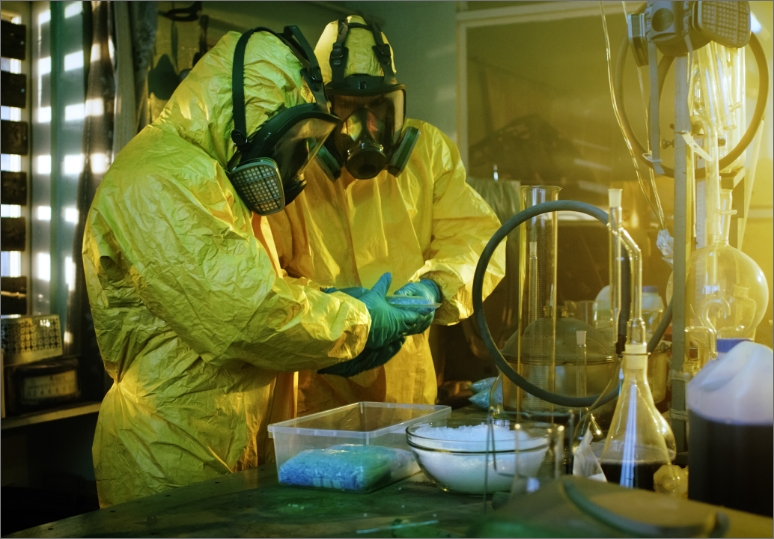Chemotherapy Gown
Anyone handling hazardous drugs is at risk of exposure¹ and even one exposure incident is too many. To help ensure healthcare workers are protected, we’ve designed our gown to meet the strictest international standards to minimize the risk of hazardous drug exposure.
Designed to provide maximum protection during compounding, administering, handling waste, or cleaning up chemotherapeutic drug spills, our disposable gown offers:
HIGH PROTECTION STANDARDS

Following industry guidelines for personal protective equipment is essential to providing optimal protection against hazardous drugs. Our combination of fabric, design, and product testing allows us to offer a chemotherapy gown which meets the recommendations of the Oncology Nursing Society (ONS), Occupational Safety and Health Administration (OSHA), the National Institute for Occupational Safety and Health (NIOSH), and USP <800> Guidelines. Our ChemoGuard™ Gown stands up to the most rigorous of tests, including the ASTM D6978-05 “Standard Practices for Assessment of Resistance of medical Gloves to Permeation by Chemotherapy Drugs,” 10 times more sensitive than the ASTM F739 test method, and a critical factor in ensuring confidence for users.
HAZARDOUS DRUG EXPOSURES IN HEALTHCARE

Health care workers who prepare or administer hazardous drugs (e.g., those used for cancer therapy, and some antiviral drugs, hormone agents, and bioengineered drugs) or who work in areas where these drugs are used may be exposed to these agents in the workplace. About 8 million U.S. healthcare workers are potentially exposed to hazardous drugs, including pharmacy and nursing personnel, physicians, operating room personnel, environmental services workers, workers in research laboratories, veterinary care workers, and shipping and receiving personnel.
Exposure to hazardous drugs can result in adverse health effects in healthcare workers. In fact, published studies have shown that workplace exposures to hazardous drugs can cause both acute and chronic health effects such as skin rashes, adverse reproductive outcomes (including infertility, spontaneous abortions, and congenital malformations), and possibly leukemia and other cancers. The health risk depends on how much exposure a worker has to these drugs and how toxic they are. Workers can be protected from exposures to hazardous drugs through engineering and administrative controls, and proper protective equipment.

